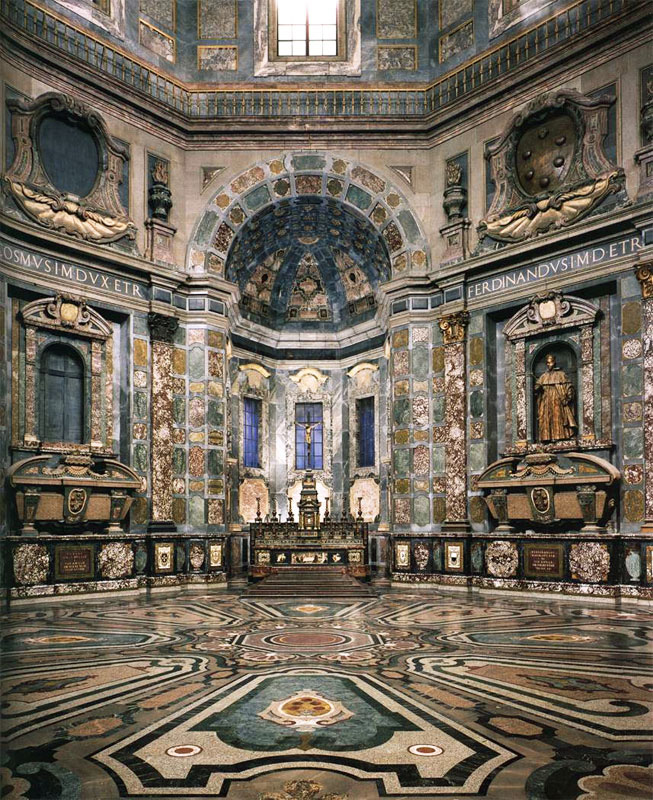DA4. Diversity of Art Patrons in 15-18th Century Europe¶
Statement¶
Beginning with the Renaissance the Church is no longer the only primary patron of the arts. Private families, governments and other secular (non-religious) groups have begun to hire artists with greater frequency.
- What effect do you think this new diversity in patrons had on the arts in the 15th and 18th centuries?
- Include some specific examples of works commissioned by these new patrons.
Answer¶
From Florence, Italy, to the rest of Europe, the Renaissance (rebirth) commenced in the early 15th century. There were significant changes in the structure of societies during the Middle Ages that led to the rebirth of the classical (Roman and Greek) arts. The look and understanding of art changed as well. The Church was no longer the only patron of arts; different patrons had different tastes and purposes; from showing social status, to showing power, even to manipulating public opinions.
Private families were the largest and most diverse group of patrons. Wealthy families started to look beyond the needs of the rest of the population; art was a luxury that only they could afford. They hired artists and paid them to glorify their families and achievements in art. Artworks were later presented in central locations in homes or public places. Some families were interested in leaving memories that last after them; like the Medici family in Florence, Italy who hired Michelangelo to build the Medici Chapels in the Basilica of San Lorenzo which will be the place of burial for the family members, and contained sculptures of the family members side by side with Saints and Angels; the image below from Visit Uffizi (2015) shows the Chapel of the Princes:

Governments realized the influence of art on the public. People in power hired artists to plot art that would improve their image and spread their propaganda; also, people in power bought art and made it available to public view as a way to improve their reputation and make them more popular. The Night Watch by Rembrandt van Rijn is a good example of a painting that was commissioned by the Dutch government to show the power of the Dutch militia (The Night Watch, 2024):

To conclude, other groups were also interested in art; like universities, doctors, merchants, and theatre and music communities. The interest of all of these groups was reflected in the social status of the artists themselves, as they were seen as important figures in society. The diversity of patrons between the 15th and 18th centuries had a significant effect on the arts; it made arts more accessible, diverse, realistic, and influential in society.
References¶
- Cohen, A. (2018, August 20). How Italian Renaissance Art Was Used for Political and Religious Power | Artsy. Artsy. https://www.artsy.net/article/artsy-editorial-italian-renaissance-wealthy-patrons-art-power
- The Night Watch, Rembrandt van Rijn, 1642 - Rijksmuseum. (2024). Rijksmuseum. https://www.rijksmuseum.nl/en/collection/sk-c-5
- Visit Uffizi. (2015, August 21). Visit the Medici Chapels in Florence: Buy Your Tickets Online Now. Visit Uffizi. https://www.visituffizi.org/florence-museums/medici-chapels/